Incredible restorations of historic New York City buildings and sites
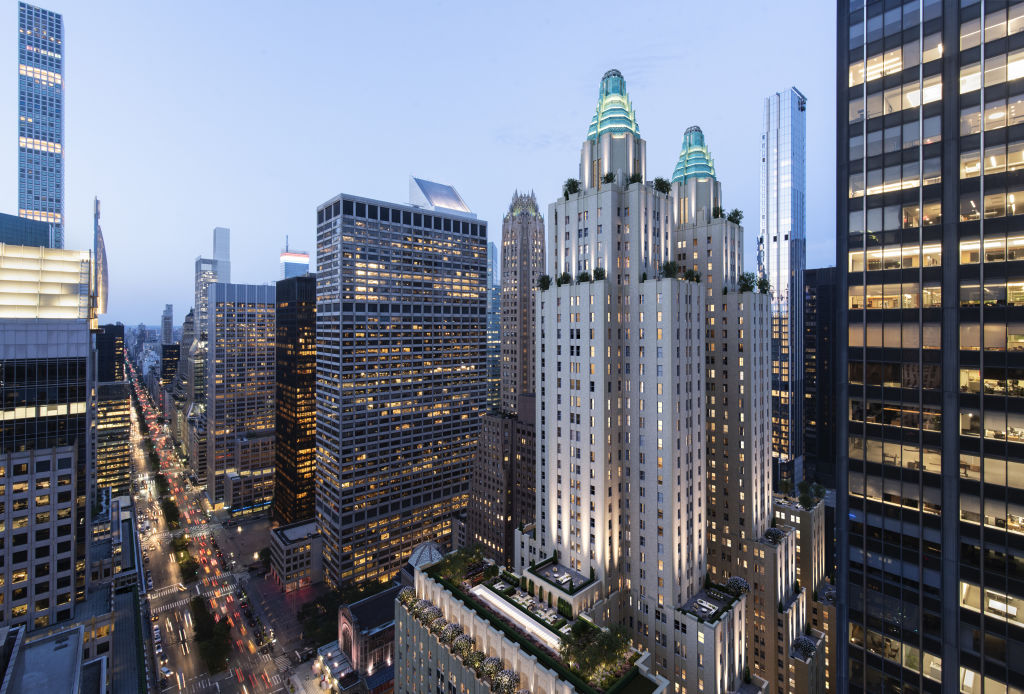
From the art deco grandeur of the Empire State Building to the voluptuous curves of The Guggenheim, New York City is a hotbed of iconic architecture. While many buildings have been meticulously maintained over the years, others have lost their lustre, only to be resurrected in ambitious revitalisation projects.
Here are five of the Big Apple’s most incredible historic restorations.
The Waldorf Astoria
The Waldorf Astoria has been synonymous with glamour and luxury for nine decades, welcoming countless celebrities, world leaders, and royals through its Park Avenue doors. Now the world-famous Midtown hotel is preparing for its next act, converting 1400 guest rooms into 375 lavish branded residences, alongside 375 updated hotel rooms and suites.
The design team behind the US$1 billion-plus ($1.32 billion) restoration includes architects Skidmore, Owings & Merrill and French interior designer Jean-Louis Deniot. Residents will have their own dedicated entrance and lifts, as well as access to 4645 square metres of private entertainment, business, and wellness amenities.
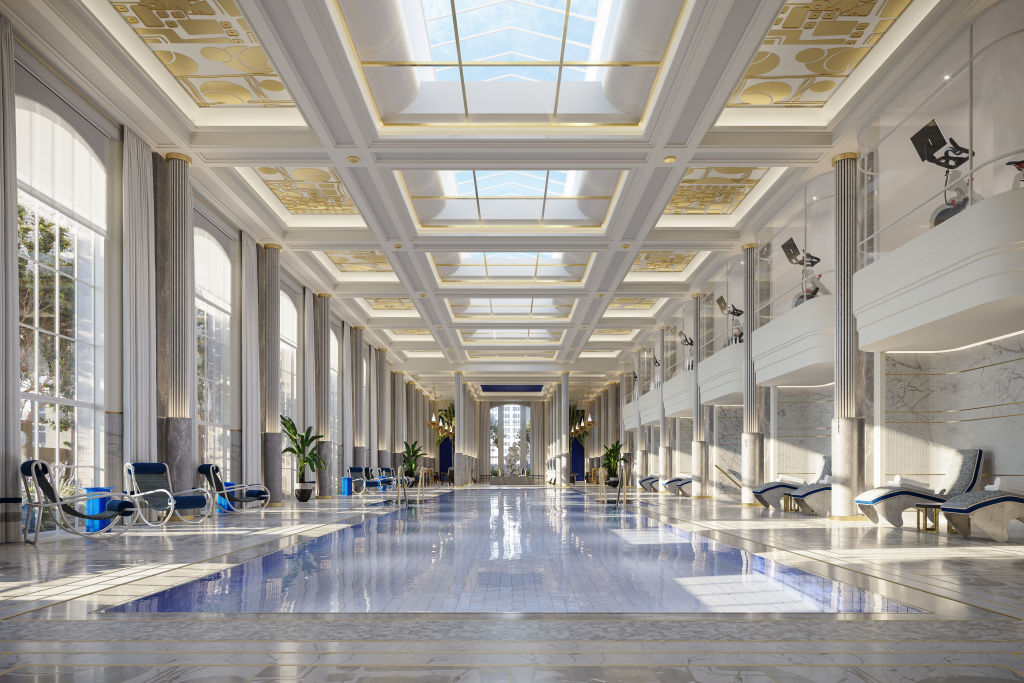
“In addition, residents will also have VIP access to over 9290 square meters of hotel amenities, including the landmarked heritage spaces, spa, restaurants and bars,” says Richard Jordan, head of global markets at Douglas Elliman Development Marketing.
Georgina Atkinson, an associate at Knight Frank APAC, highlights the appeal of the acclaimed brand.
“The Waldorf Astoria has worldwide name recognition and is the perfect New York pied-a-terre,” Atkinson says. “It will set the standard for hotel-serviced residences at the ultra-luxury level.”
Residences in The Towers of the Waldorf Astoria are priced from US$1.8 million ($2.37 million).
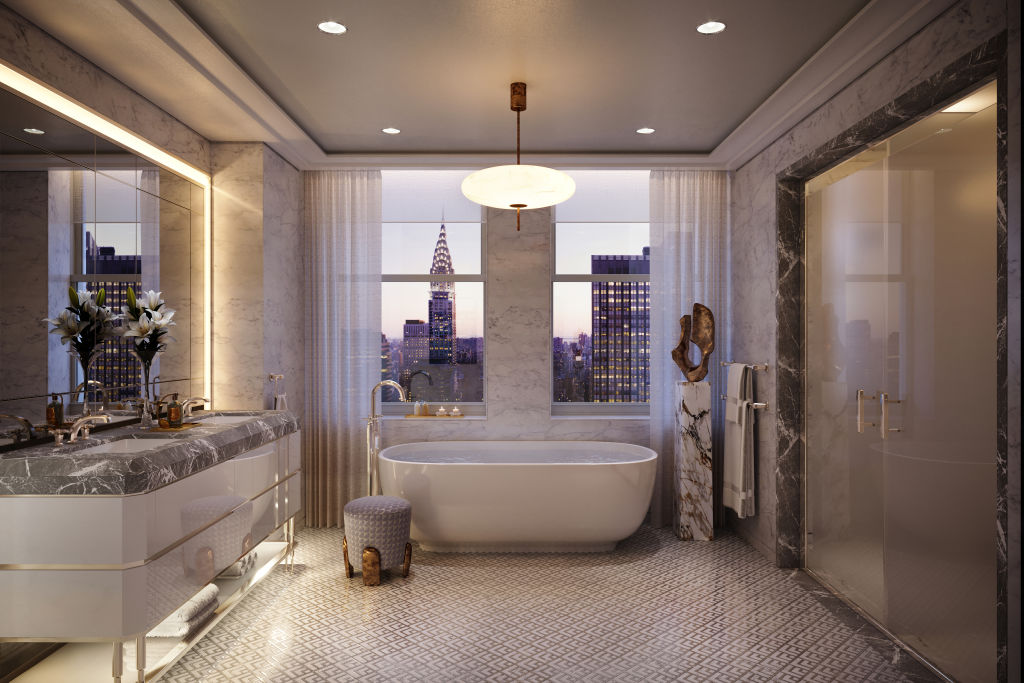
The High Line
In the 1930s, an elevated railway was built on Manhattan’s West Side to remove freight trains from the street level. As trucks replaced trains, the line fell into a state of disrepair. By the late 1990s, the viaduct-style structure was slated for demolition.
A grassroots campaign led to the High Line’s rebirth as a wildly popular “greenway”, designed by James Corner Field Operations, Diller Scofidio + Renfro and Piet Oudolf.
Featuring hundreds of plant species, as well as paths, art and public programs, the 2.3-kilometre public park is a shining example of how landscape architecture can breathe new life into former industrial sites.
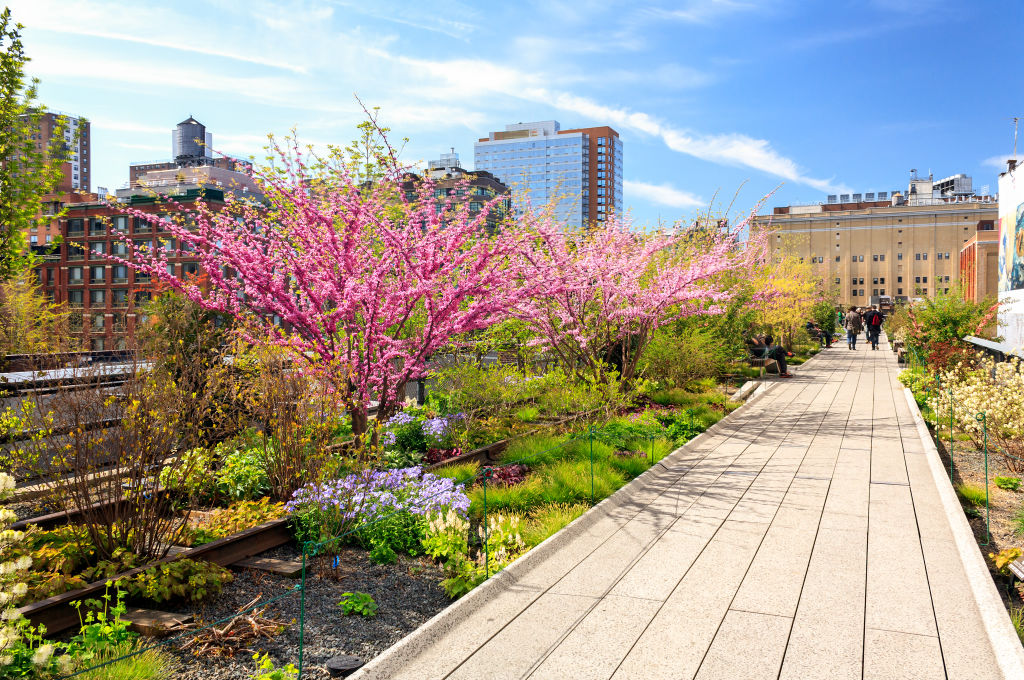
Radio City Music Hall
From the first opening night, Radio City Music Hall stole the show. Designed by Edward Durrell Stone and Donald Desky, the elegant 1930s theatre featured boldly patterned wall coverings, upholstery, ornate murals, and a dramatic curved auditorium.
As feature films replaced stage shows, patronage declined. The venue’s strict content rules contributed to dwindling audience numbers. Facing bankruptcy, the venue was heritage listed in 1978 and eventually returned to profit after expanding its selection of shows to include concerts, film and TV production.
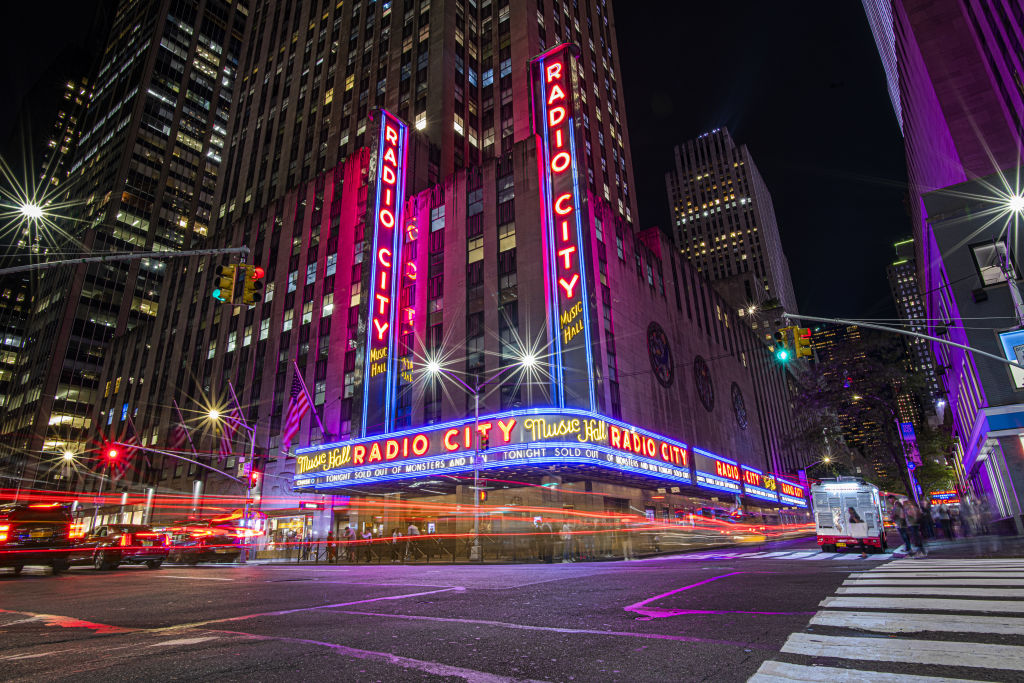
A large-scale refurbishment in 1999 by H3 Hardy Collaboration Architecture restored the interiors to their original splendour while introducing state-of-the-art theatre technology behind the scenes.
New York Stock Exchange
New technology replaced the ticker tape-strewn trading floor years ago but not every aspect of the world’s largest stock exchange kept up with the pace of change.
In a critically acclaimed restoration project, STUDIOS and Rottet Studio brought ageing amenities on the sixth and seventh floors at 11 Wall Street into the 21st century in high style.
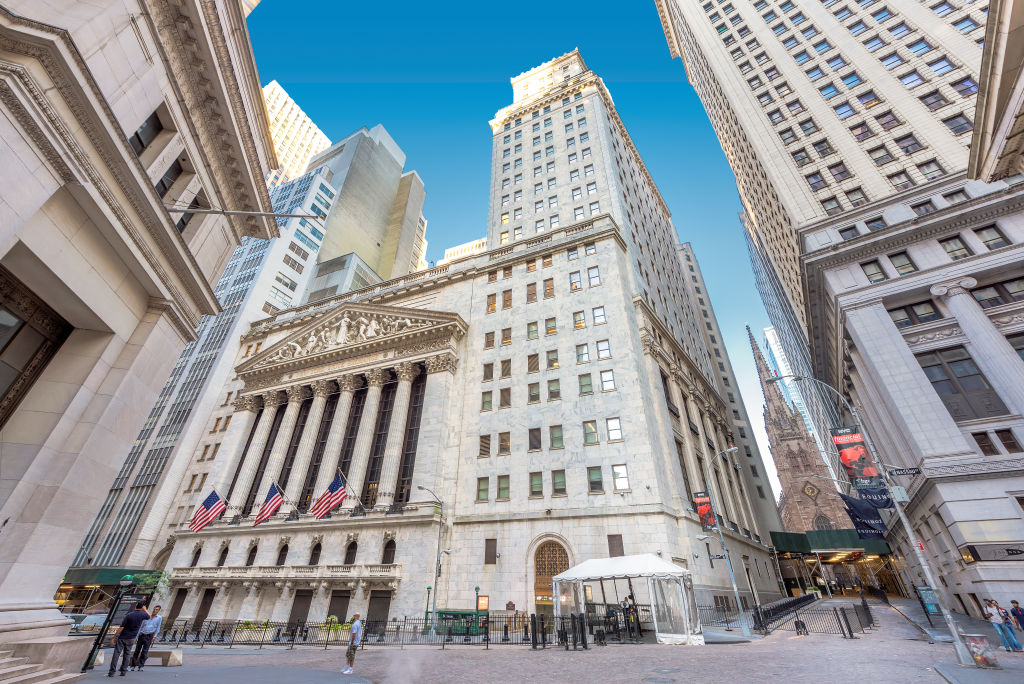
The centrepiece of the ambitious revamp was exposing a stained-glass ceiling in the boardroom that had been covered after a bomb scare in 1920. In another room, a bright blue ceiling installation is a playful nod to the ticker tape of yesteryear.
The project was named the winner of the historic restoration category at the 2020 Contract Interiors Awards.
Grand Central Terminal
When it opened in 1913, Grand Central Terminal was a symbol of New York’s great prosperity. The beaux-arts railway terminal combined innovative design elements with majestic spaces and intricate details, from chandeliers decorated with sculpted acorns to cathedral-like vaulted ceilings.
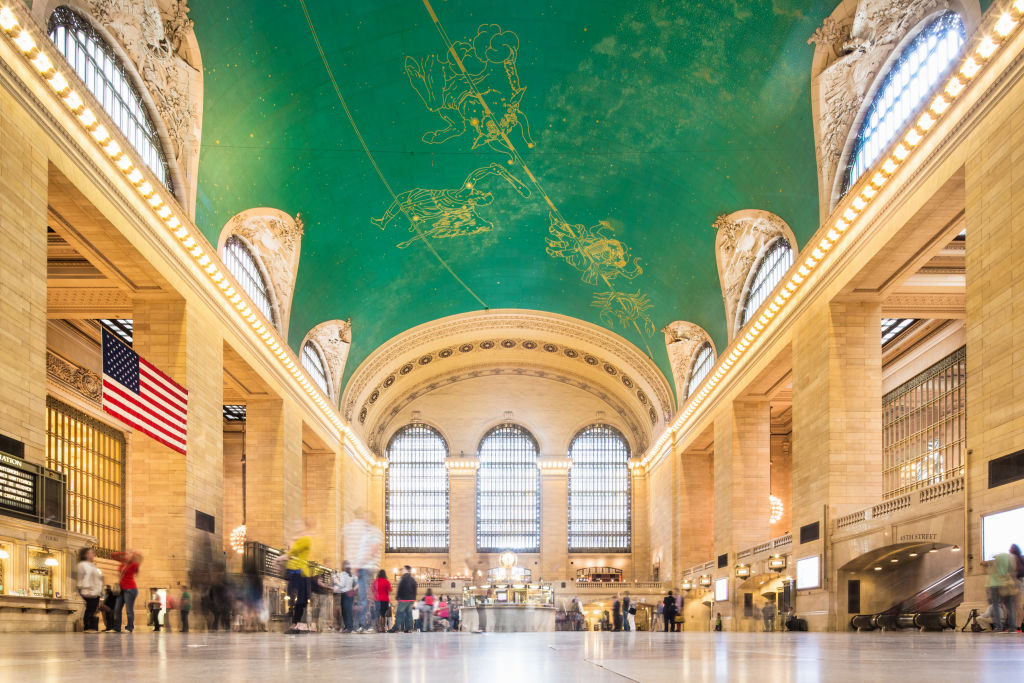
In the 1960s, there was public outrage over plans to build a 55-storey office tower that would have obscured the facade and required the demolition of the main concourse. Former first lady Jacqueline Kennedy Onassis was among those who successfully campaigned to protect the historic building.
The fight over Grand Central Terminal’s future led to a major refurbishment, completed in 1998. The building is now one of the most visited tourist attractions in New York City.
We recommend
States
Capital Cities
Capital Cities - Rentals
Popular Areas
Allhomes
More







